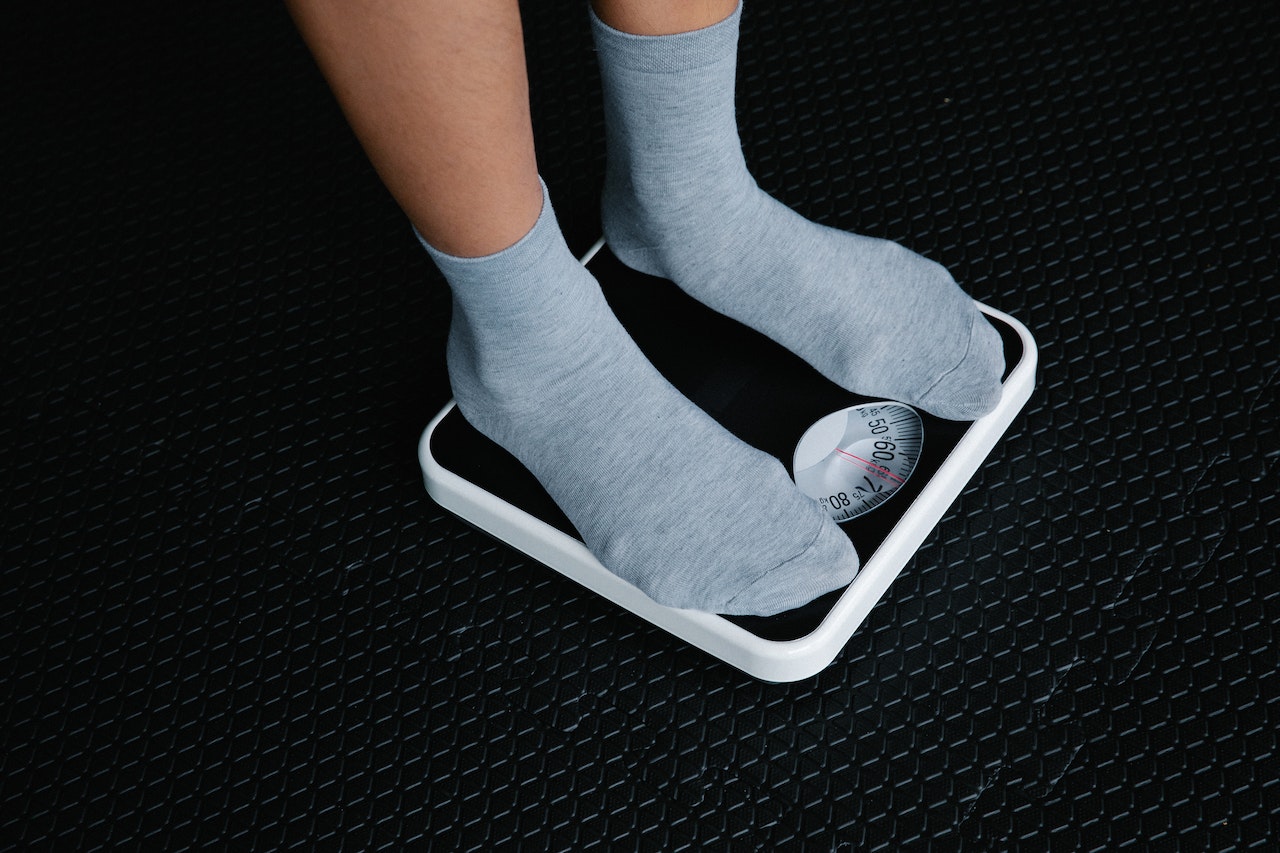
By understanding our body composition, we can set realistic goals to improve our fitness and health!
In today’s world, weight loss is often equated with improved health and fitness. However, the number on the scale only sometimes reflects the overall state of our health.
It is essential to understand that being overweight does not necessarily mean being overfat. Body composition analysis is a much better indicator of fitness and fatness.
The scale weight only tells us how much our body weighs. It does not differentiate between fat and muscle, two different tissues with very different bodily functions. Muscle is essential for movement and metabolism, while fat stores energy and produces hormones. A person with a high percentage of muscle mass may weigh more than someone with a high percentage of fat mass but may be considered healthier and fitter.
Body composition analysis provides us with a breakdown of how much of our body is fat and lean mass (muscle, bones, organs, and water).
This information helps us understand our body’s composition and allows us to set realistic goals for our fitness and health.
Several methods measure body composition, including bioelectrical impedance analysis (BIA), dual-energy x-ray absorptiometry (DXA), and skinfold thickness measurements.
BIA is the most common method and involves a small electrical current through the body to estimate body fat percentage.
DXA is the gold standard for body composition analysis and is a non-invasive and highly accurate method.
DXA uses two low-dose X-ray beams to measure bone density, fat mass, and lean mass. However, it is more expensive and not widely available.
Skinfold thickness measurements involve using calipers to measure the thickness of skinfolds in several areas of the body.
This method is inexpensive and can reasonably estimate body fat percentage. Still, it depends on the skill and experience of the person taking the measurements.
Once we know our body composition, we can set goals to improve our fitness and health.
Suppose we have a high percentage of body fat. In that case, we can focus on reducing our fat mass while maintaining or increasing our lean mass through diet and exercise. We can focus on growing our muscle mass through resistance training if we have a low lean mass percentage.
The scale weight is not a fair measure of fitness or fatness. Being overweight does not necessarily mean being overfat. A body composition analysis that provides information on fat and lean mass better indicates our overall health and fitness.
In conclusion, by understanding our body composition, we can set realistic goals to improve our fitness and health and achieve a healthier, happier lifestyle.



